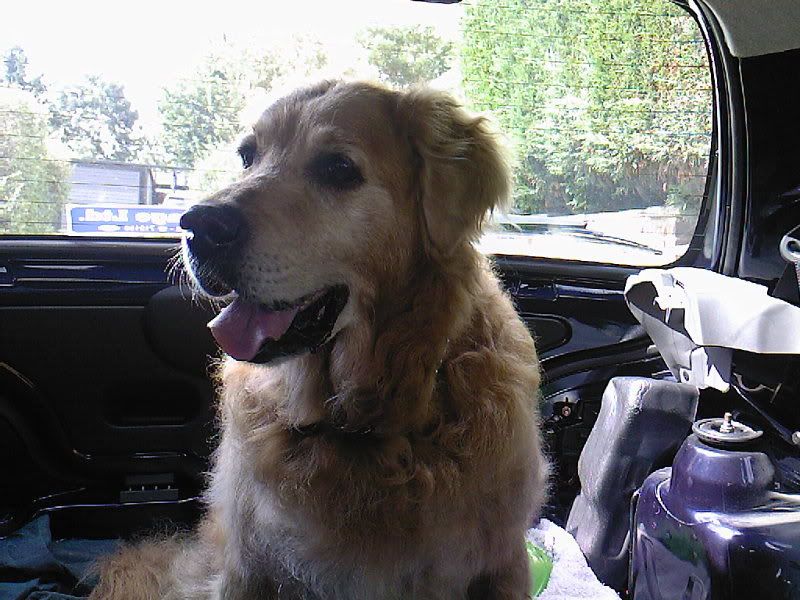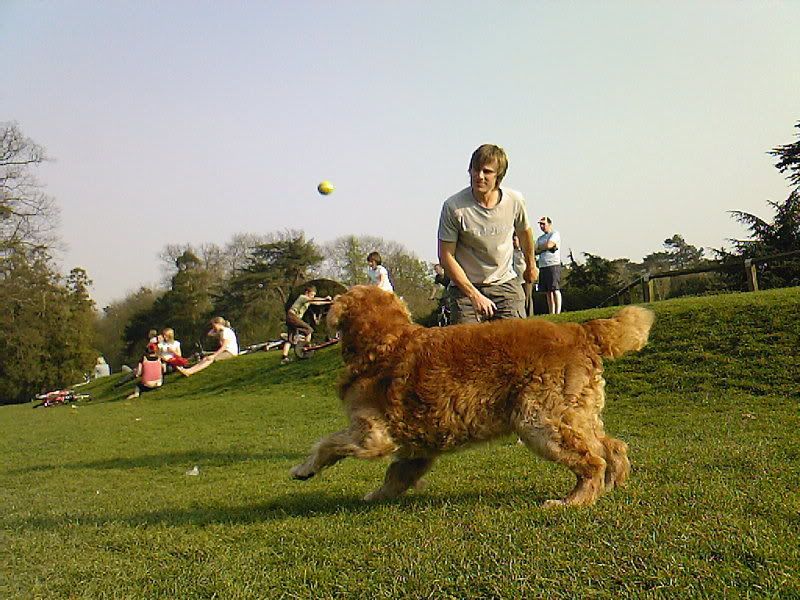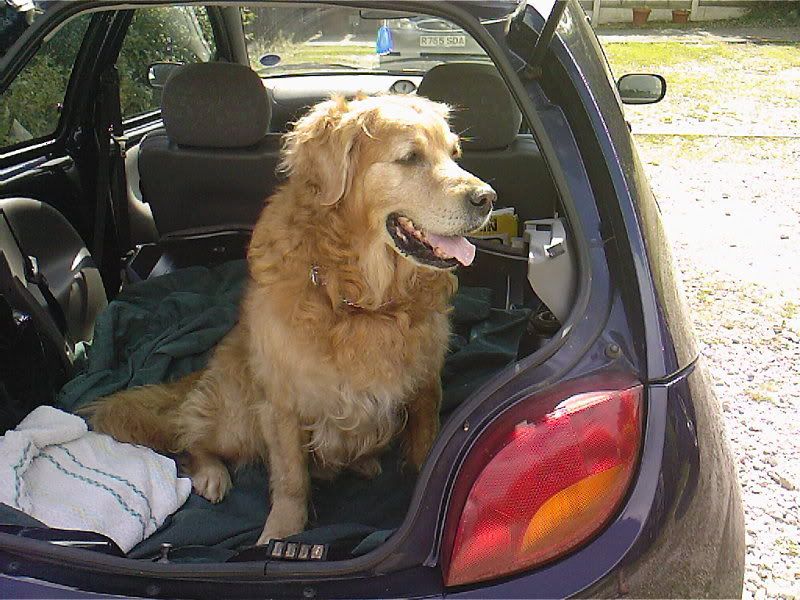Ooops, forgot the list of FAQ's for anyone who's interested.
 How many?
How many?
The minimum number of hens we can reserve for you is three (which must all stay together), the maximum normally twenty.
When can I get my hens?
Our next planned rescues are on; Saturday 16th August and Saturday September 20th, when 500 hens will come out on each day. Please call us asap if you want to proceed and your housing etc will be ready on these dates, the hens can get reserved many weeks before a rescue. (nb, we are volunteers and have jobs too, so you may well get the answerphone but we'll call you back as soon as we can.)
Do also bear in mind that we are entirely reliant on the goodwill and co-operation of the farmers involved and these dates can (very occasionally) be changed at very short notice.
How much?
We do not charge a set fee per hen, but we do ask for a donation (which is on average £4-5 a bird) Your donation covers what we have to pay the farmers, vets fees, petrol, phone bills, trailers, equipment and feed and any surplus goes towards our ongoing campaigning work for a free range future (see the website for current campaigns.)
Housing.
You can either convert a shed or outbuilding or buy a purpose built house/coop. Some manufacturers make a donation to the charity when you buy from them (www.omlet.co.uk, www.forshamcottagearks.com) Design, prices and sizes vary hugely so you will need to do some research. You also need to decide on your preferred system, either keeping the girls in a smaller house and attached run and frequently moving it onto fresh ground, or building a larger permeanent aviary type enclosure.
The most crucial thing is that your housing is fox proof. Foxes are attracted by hens, will visit night and day and will get in and kill your birds if they are not secure. We therefore do not advise that you let your birds free range (even in suburban gardens) when you are not around to keep an eye on them.
It is difficult for us to advise you on how many hens you should reserve for the space you have - most coops will have manafacturers recommendations on stocking.
Where can I get proper poultry Feeders and Drinkers?
We have high quality, well designed 6kg Feeders (£10.00) and 3litre Drinkers (£8.00) here for sale on adoption day. (Cash or cheques only please.)
The Hens
The hens are normally Lohman Browns or Hy Lines (both Rhode Island Red hybrids) and about 17 months old when we buy them from farms. They are off to slaughter as they are deemed not commercially viable (ie they may be laying 3 or 4 eggs every 5 days, rather than the desired optimum of an egg every day.)
Eggs
Most Ex Batts will carry on laying for years to come, and while their brown eggs will increase in size, over time they will decrease in number. (The charity cannot however guarantee the future laying capability of any individual hen.) They are not used to finding and using a nest box and at first may lay their eggs wherever they happen to be.
Other Hens and Cocks
The Battery Girls will need to be kept separate for at least for a week or so from your existing hens if you have any. The ex batts are a little fragile and some have little self confidence when they first come out of the farm and are easily bullied, (but will regain their confidence within a few days.) If the hens can be kept so that they can see your others at first, it will make final integration easier, but there will always be some squabbling as a new pecking order is established.
Many new homers find the initial settling in period quite distressing to watch. When any hens are introduced, (and remember the hens you take will be from different cages and therefore will not know each other) there will always be a period where the hierarchy of the group sorts itself out and this can involve bullying and guarding of the food bowls! If you have problems when you get your hens home, there are are a few things you could try. Smearing vasaline on the combs of the hens being bullied helps, the bullies will not be able to get a grip. Hang up distractions for the birds, whole cabbages or corn on the cobs, just above head height. That will give the hens something else to do, taking the focus away from the "under hen". Also putting two sources of food and water in the pen will ensure all the Girls can eat and drink, it won't take them long to realise that there is enough to go round and they no longer have to fight for food.
If you have one hen in particular doing the bullying and things really are getting nasty, you could try seperating her from the group for a while (but keeping her in sight of the others). Never remove the hen who is getting picked on as you'll have to start all over again when she is reintroduced as a "stranger". The pecking order will settle over a week or two.
Likewise they will need keeping apart from any cockerels you may have for at least a month. The girls can easily be damaged, even killed by their advances and claws/spurs, as they have weak legs and their backs when rescued are often poorly feathered.
Other Pets.
These hens no know fear and will get along happily with cats, dogs, sheep and even llamas (see our website for pictures.) If your existing pets are friendly, controllable and the introduction is supervised and carefully managed, there shouldn't be any problems.
Initial Appearance.
If you come early on rescue day, you can normally choose either the better feathered birds or (depending on the farm) the real scraggies. The hens often have few feathers because they have been worn off on the wires of their cages, pecked off or not been renewed as they have been putting their energy into producing eggs. (Most people are surprised that the majority of birds don't look too bad.) If you do take a few scraggies, you'll be amazed at how quickly they blossom. They will start to refeather within a few weeks and look amazing within a couple of months! If you want the balder birds, do come early on rescue day, they tend to be the first picked!
Temperament and Suitability as Pets.
These hybrid hens are bred for docility and you will find they are gentle, inquisitive and friendly, eating out of your hand and following you around the garden (and into the house if you let them!) pecking at your shoe laces in a few days.
Rescue Day
We are not a sanctuary and do not normally keep hens here. We take the Girls out of their cages at the farm early in the morning on rescue day, put them in transport crates and bring them back for examination, a health check and nail clip. We then clean and disenfect the trailer and crates and have a cup of tea. Adopters normally arrive to collect their reserved Girls between 12-4pm. This way all of the stress for the hens is confined to one day and they will go from cage to their new retirement homes (and getting used to your way of doing things) in a matter of hours.
Transport
Please bring either cat carriers/dog crates or sturdy cardboard boxes (with ventilation slits around 1x6 inches - stab holes are not sufficient) with you to transport your Girls home in comfort and safety. For comparison, a hen is about the size of a football and it is better to put three in a bigger box, they should not be transported individually as it would be too stressful for them, they have just come out of a shed of 10,000 hens.
We do not allow/recommend that hens are driven home in enclosed saloon car boots (unless you're not travelling far and your boot is fully air conditioned)
General Health
We never knowingly pass on a poorly hen and any that concern us are kept here in our "inhensive" care unit and when well enough, join our small flock.
The bird's combs on the top of their heads will be large, pale and flacid because the cages and the sheds are hot and this is how they dissipate heat. The combs will shrink and the red colour will return once they are outdoors with you.
Most commercial farmers vaccinate and worm their birds and as they (and generations before them) have been reared and kept inside, they are ulikely to have been exposed to external disease threats, few parasites and are very unlikely to suffer from genetic/inherited problems. (So while they may look tatty, they are usually basically sound.)
Please note; from our experience of rescue, we know that we may sadly lose 1% of the Hens simply due to stress. Out of 500 hens, we may hear of 3- 5 birds that haven't made it through the following week. This is why our minimum reservation is 3 - should you be unlucky enough to have a hen that dies and you only adopted a pair, you will be left with a solitary and unhappy hen on her own. (They are flock creatures.)
Limping
Due to the lack of exercise leading to weak leg muscles and the way the hens are brought out of their cages by farm staff (carried upside down by the legs, sometimes just one leg) it is not uncommon for some of the girls to suffer from soreness and bruising of the legs for a few days after the rescue. Some will limp and we often have one or two out of the farm who will be off their legs for a week or more. In our experience, with a litle tlc and cage rest they do make a full recovery. Should you experience this when you get your girls back home, feel free to give us a call so we can advise you the best way to accomodate your hen while she gets better.
Stress/underlying conditions.
Sadly as the Girls have been pushed to their very limit in the first year of life and the changes in conditions upon rehoming are so great, some (about one in one hundred) simply cannot cope and despite all of your efforts and kindness just give up and die within days. Others (perhaps one in two hundred) may have weak hearts, liver problems or other non obvious underlying conditions which means they too will not have long retirements. Given the small numbers involved, the probability is that your hens will be fine and you should be aware that, if the worst does happen, whilst it is extremely upsetting, it is not your fault and there was nothing more you could have done. Even a single minute of your kindness or an hour in the sun is more than they would have had.
First day of freedom
When you get your girls back home we would advise that you keep them locked in their coop with food and water for the first 24 hours, so they get accustomed to where "home" is. When they are first let out you may need to teach/herd them to go in as darkness falls (or if it rains) and tempt them out again in the morning. As they have been in artificial light for 18 hours a day, it takes them a couple of days to get the hang of things! They may well also need to be taught how to perch, often preferring to sleep on the floor or in the nest boxes, which is to be discouraged (it leads to dirty eggs). Go in to the coop after dark, scoop them off the floor and put them on low perches. After a couple of nights, they should learn to roost themselves.
Feeding
The Girls have been fed on dry finely ground layers mash all their lives and you should keep them on this for at least a week while introducing/mixing in layers pellets. Mash is all they have known, (it takes them longer to eat, so helps counter boredom in the cage) but it is best not to feed this outdoors, where it will soon get damp and spoil easily. Your Girls will also scratch and flick it about on the floor and this may attract vermin. Gradually changing them from mash to pellets over a couple of weeks should be easy enough and we can provide you with a weeks worth of dry mash on rescue day and there is a feed store nearby if you need pellets/corn. Layers pellets give your girls all they need to produce eggs, but feeding corn or other treats in the afternoon will make them friendlier and ensure they go to sleep with a full crop.
Crop?
Hens have no teeth and so food is held in a pouch on their neck/chest called a crop, where it is ground up before passing to their stomach. As some ex Batts have very few feathers, the crop is very visible, especially late in the day when it is full of food and swollen. This may look like a "lump" or "growth" and has in the past alarmed first time chicken keepers, please be assured it is entirely normal.
















